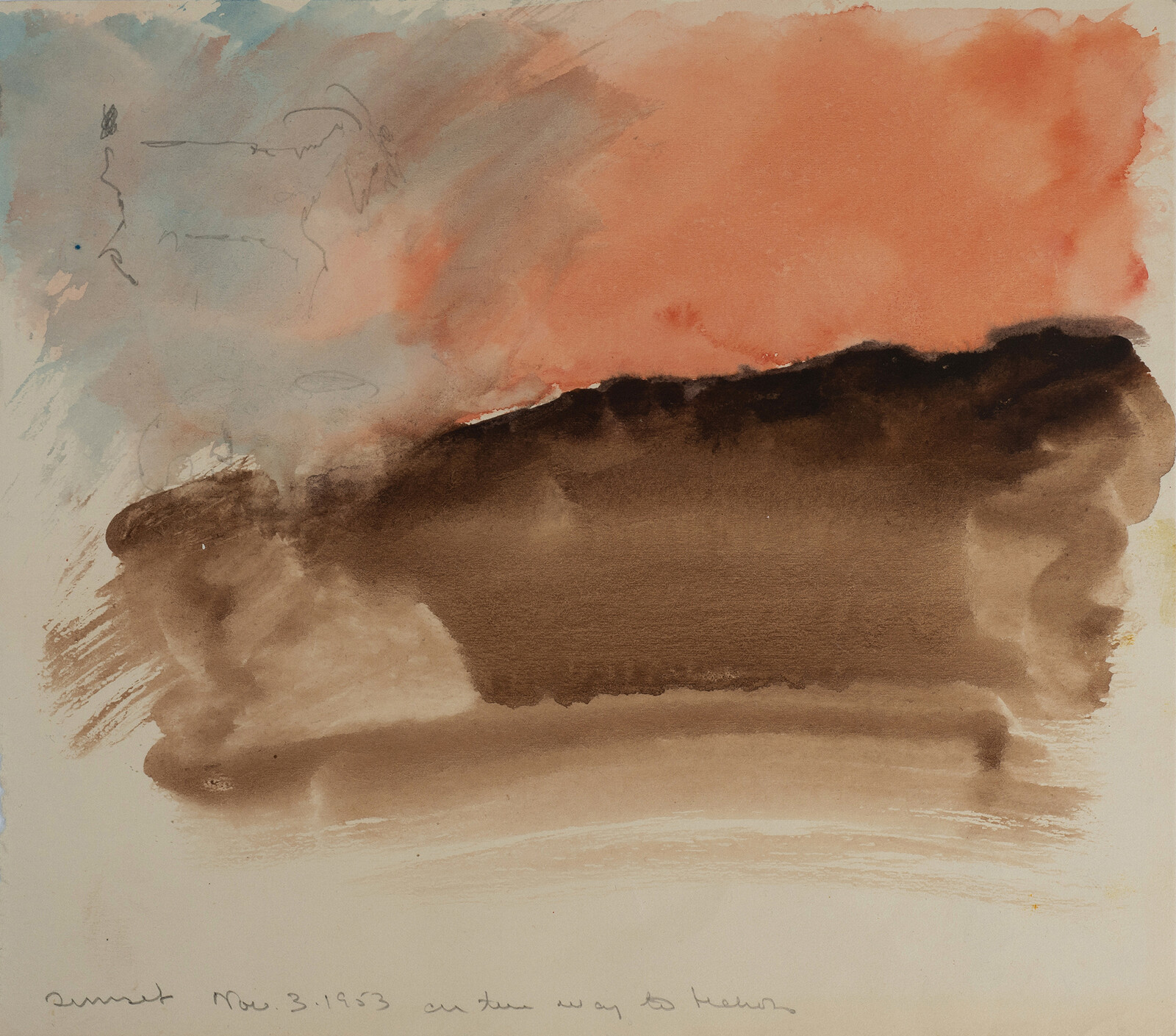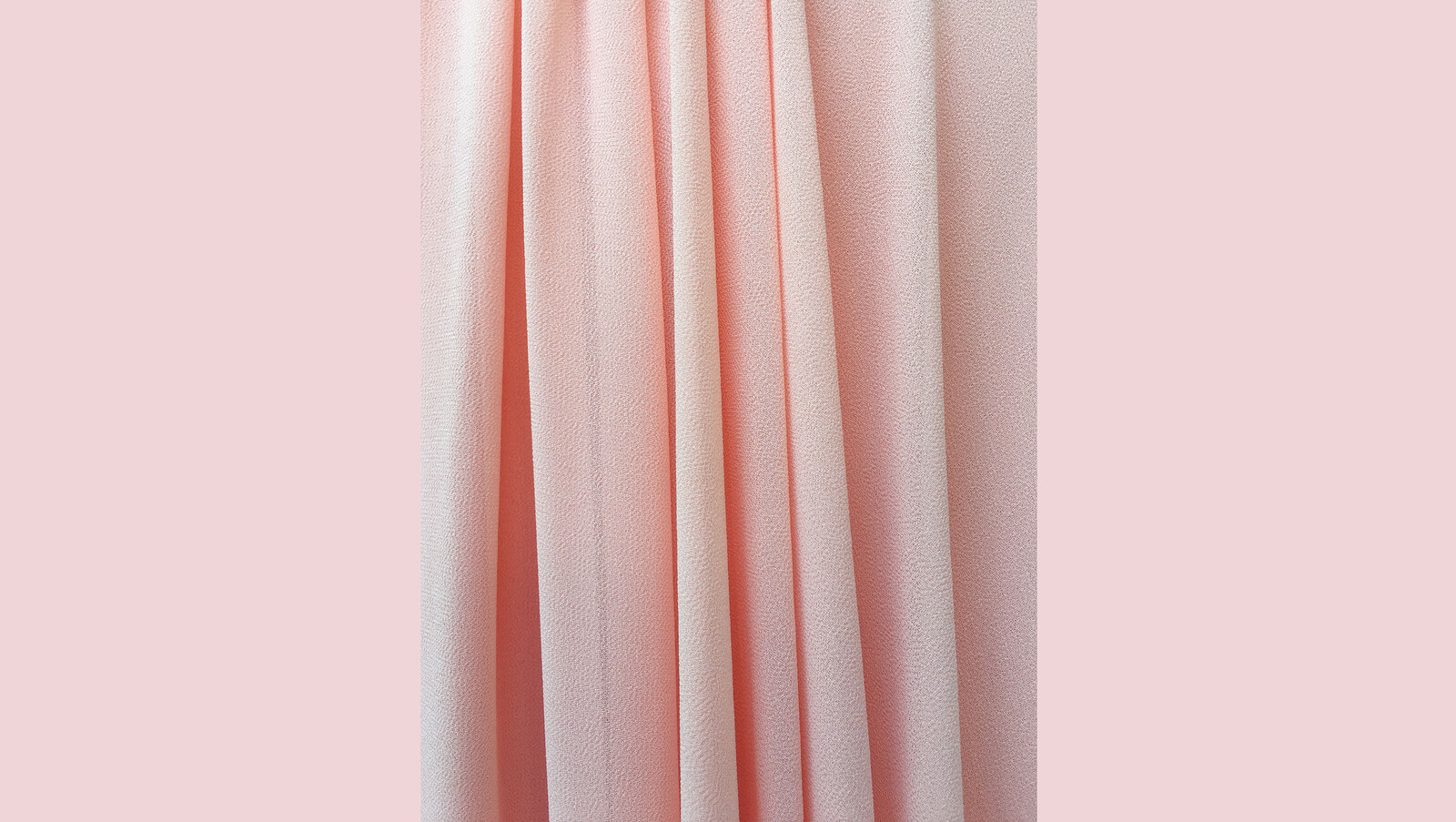It is also true that photography itself is an encounter with the fact that things are not what they appear. That they are in fact appearances. Eyes traveling through this occupation need to adapt to yet another kind of light. One with enough strength to expose and then decode the symbols of settler-colonialism that order one’s field of view: prickly pears growing over shattered limestone, expatriated palms and pines, color-coded rooftop water tanks, rose-red corrugated roofs, multibillion-dollar separation barriers, demolition rubble, expansive checkpoints, and bypass roads around shrinking enclaves of Palestinian-only areas. In other words, the ability to read the signs is part and parcel of decolonizing vision. So too is understanding the original fabric of historic Palestine so as to read through the layers of what has been erased and replaced against what has been appropriated.
There is a fracture in the depth of field at which images of suffering are being viewed. The question is not how suffering is represented to us, but at what depth these images can be navigated—in their singular form, and as powerful expanses of understanding. Taking the Palestinian quest for representation as an example of an historic flow of images striving for clarity, I ask: Can another depth of field be utilized that better embodies the mechanics of the digital gaze? If so, how does the gaze get channeled digitally?
Wars have evolved to many more frames per second in the years since the war on Iraq began (and have indeed accelerated because of that war), and we continue to participate in them no matter how undecided, baffled, or distant we are towards them—and no matter who “we” are (just yet). We participate in war because we consume its cruel images, and often at a mediated distance. The Lebanese writer and translator Lina Mounzer profoundly wrote in 2015: “I have buried seven husbands, three fiancés, fifteen sons, and a two-week-old daughter … I have watched my city, Maarrat al-Numan, burn, I have watched my city, Raqqa, burn, I have fled Aleppo … All this I have watched from my living room in Beirut.”


